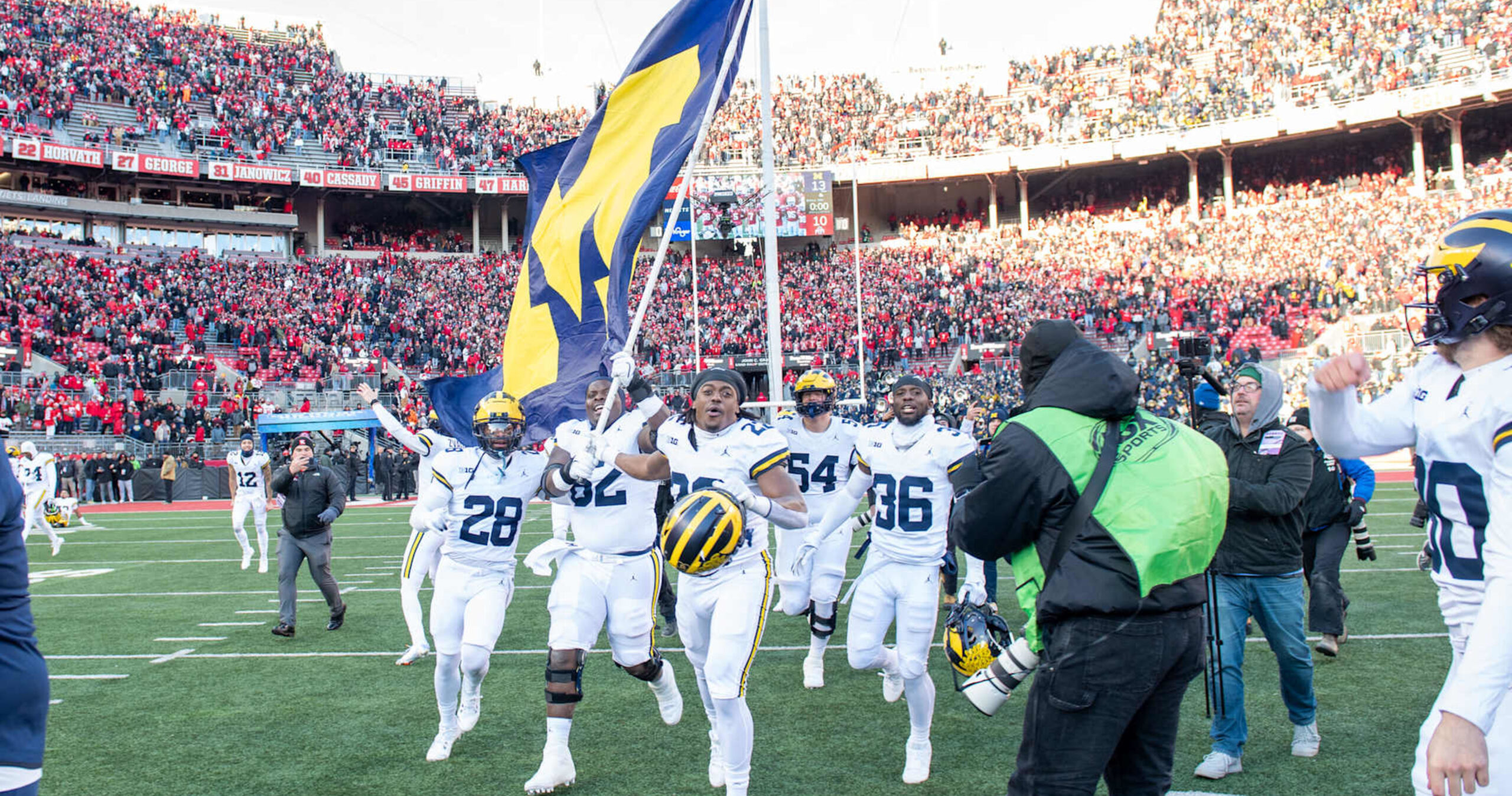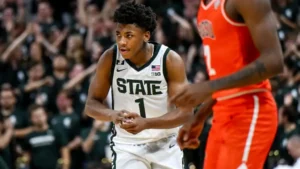The College Football Playoff (CFP) committee’s job is never easy, but after the chaos of Week 14, it’s hard not to feel sympathy for the group tasked with selecting the four best teams in the nation. With multiple upsets shaking up the rankings, controversies brewing over conference champions, and passionate fanbases clamoring for recognition, the committee faces one of its toughest challenges yet.
Let’s unpack the madness of Week 14, examine the scenarios that could emerge, and explore why this year’s playoff selection process could redefine the future of college football.
The Week 14 Fallout: Chaos Reigns Supreme
Week 14 of the college football season will go down in history as a weekend of unpredictability. Several top-ranked teams fell victim to determined underdogs, creating seismic shifts in the rankings and throwing the playoff picture into disarray. Here are some of the key upsets and their implications:
- A Shocking Defeat for [Insert Team Name]
The once-undefeated [Team Name] fell to an unranked opponent in a nail-biter that exposed weaknesses many thought didn’t exist. As a result, their spot in the top four is now in jeopardy, despite a strong resume. - Conference Chaos in the SEC
The Southeastern Conference, long considered the powerhouse of college football, witnessed its championship contender [Team Name] falter. This loss not only impacted the SEC standings but also raised questions about the conference’s playoff representation. - Pac-12 Drama
The Pac-12, often overlooked in the CFP discussions, saw its top-ranked team suffer a last-minute defeat. With the conference already on shaky ground in playoff debates, this loss could be the nail in the coffin for their representation. - Big Ten Tension
The Big Ten, typically a strong contender for at least one playoff spot, now faces a dilemma. Two of its top teams are neck-and-neck, but only one can emerge as the conference champion. How will the committee weigh a close loss against a dominant win?
The Committee’s Dilemma: Balancing Chaos and Credibility
The CFP committee’s mandate is to select the four “best” teams, not necessarily the most deserving or the ones with the best records. This distinction is critical yet contentious, especially in a year where upsets and parity define the narrative. Here are the key factors they must consider:
1. Strength of Schedule
Teams with tougher schedules may argue that a loss against a ranked opponent should weigh less than a team that cruised through a weaker schedule. However, determining the true strength of a schedule can be subjective and dependent on how conferences perform as a whole.
2. Head-to-Head Matchups
When two teams with similar resumes are vying for a spot, head-to-head results often serve as a tiebreaker. This season, however, the web of wins and losses among top teams is so tangled that head-to-head logic might not provide clarity.
3. Conference Championships
Winning a conference title is typically seen as a key benchmark. Yet, there are years—like this one—when a conference champion might not necessarily be one of the best four teams. For instance, an upset in a conference title game could leave the committee questioning whether the victor deserves a spot over a team that was dominant all season but faltered late.
4. The Eye Test
Beyond stats and resumes, the committee relies on the “eye test” to evaluate which teams look like they could compete at a championship level. This subjective measure often sparks debates among fans, especially when metrics like point spreads and injuries come into play.
Possible Scenarios and the Playoff Picture
Scenario 1: One-Loss Chaos
If several top teams end the season with one loss, the committee will face the unenviable task of comparing resumes. For example:
- Team A lost to an unranked opponent but has dominant wins against top-10 teams.
- Team B’s sole loss came in their conference title game, but they lack marquee wins.
- Team C has one loss and no conference title but consistently looked like the best team on the field.
Scenario 2: The Undefeated Wildcard
An undefeated team from a weaker conference might stake their claim for a spot, but how do they compare to one-loss powerhouses from the SEC or Big Ten? The committee must decide whether to prioritize perfection or strength of schedule.
Scenario 3: Two Teams from One Conference
It’s not uncommon for the CFP to include two teams from a single conference, particularly the SEC or Big Ten. This year, however, doing so could come at the expense of another deserving team, leading to widespread backlash.
Fan Reactions and Media Narratives
College football is as much about the fans as it is about the players, and Week 14 has given rise to a cacophony of opinions. Social media platforms are ablaze with debates over who deserves a spot and accusations of bias against certain conferences. Meanwhile, sports analysts are busy crafting narratives that could influence public perception—and possibly the committee’s decision.
Fan Favorites vs. Underdogs
Fans of perennial powerhouses argue that their teams belong in the playoff based on historical dominance and recruiting prowess. In contrast, supporters of underdog teams demand recognition for defying the odds and winning against all expectations.
Media Bias and Regional Loyalties
Networks and analysts often have their own biases, whether intentional or not. The SEC and Big Ten, as the most commercially lucrative conferences, tend to dominate coverage, leaving fans of other conferences feeling slighted.
What This Means for the Future of the CFP
The chaos of Week 14 underscores the limitations of the four-team playoff format. Critics have long argued for an expansion to eight or even 12 teams, which would provide a broader representation of conferences and reduce the impact of late-season upsets. Here’s how this year’s drama could influence future changes:
1. Expanded Playoff Push
The controversies of 2023 might finally tip the scales in favor of an expanded playoff format. Proponents argue that a larger field would allow for more inclusivity and reduce the stakes of individual losses.
2. Conference Realignment Implications
The power dynamics among conferences could shift as schools and leagues assess their chances of playoff inclusion. For example, conferences that consistently miss out may push for structural changes.
3. Increased Emphasis on Metrics
The reliance on subjective criteria like the “eye test” may face greater scrutiny, leading to a push for more transparent and objective metrics in the selection process.
Conclusion: A Nearly Impossible Task
The CFP committee’s role has always been controversial, but this year’s Week 14 upsets have elevated their task to near-impossible levels. With passionate fanbases, intricate scenarios, and the weight of future implications, their decisions will be scrutinized like never before.
No matter which teams make the final four, one thing is clear: college football’s unpredictable nature is both its greatest strength and its greatest challenge. The drama of Week 14 reminds us why we love the sport, even as it leaves us questioning the fairness of its playoff system. To the committee, we say: good luck—you’re going to need it.












